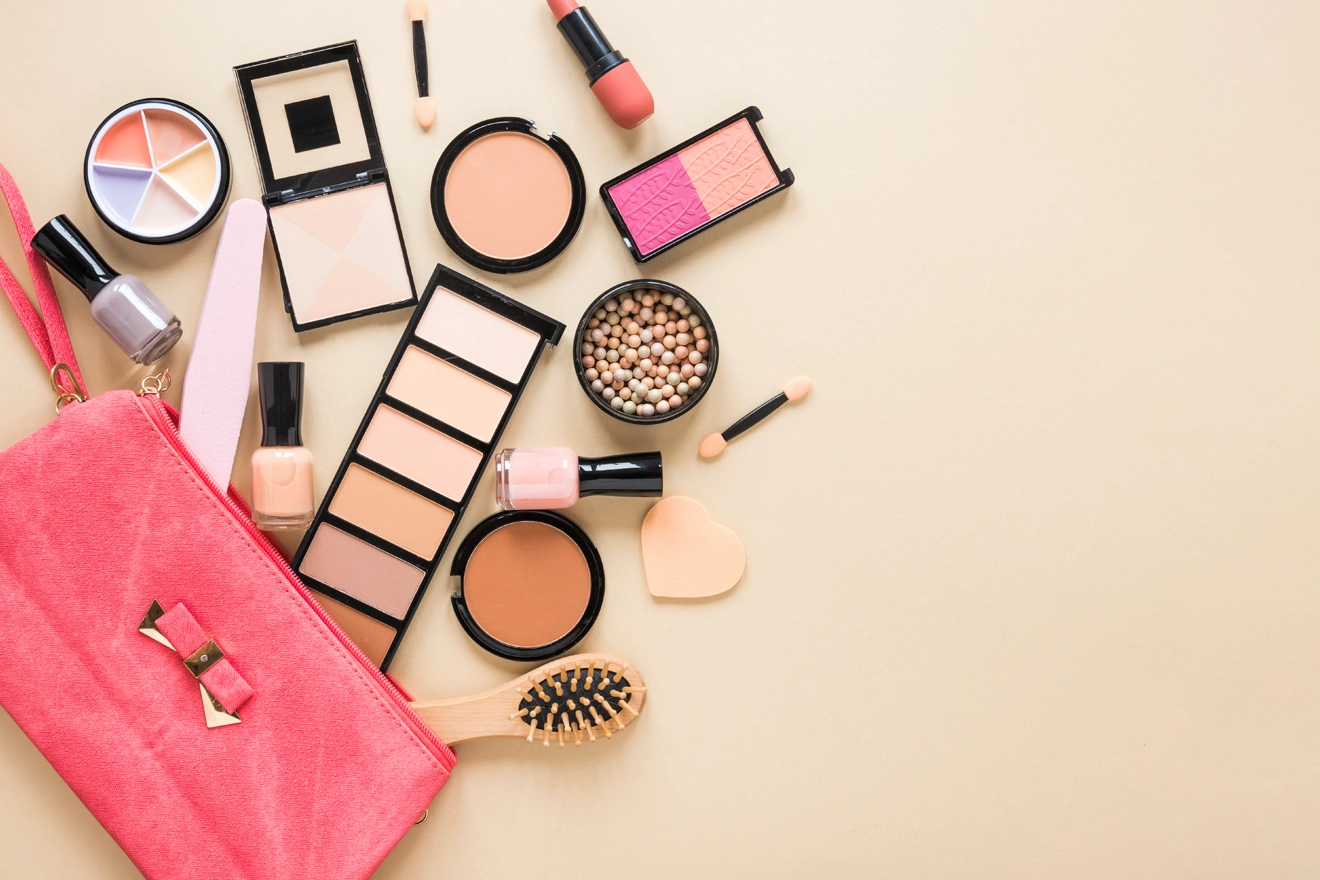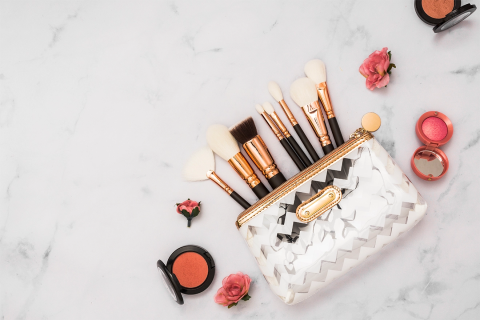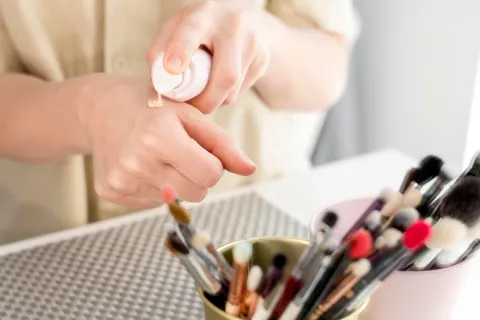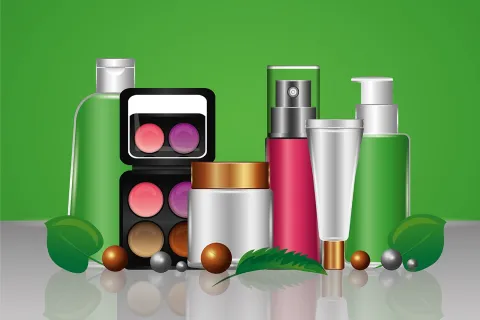
As you may know, South Korea is one of the leading global markets for cosmetic products. However, the impact of COVID-19 has triggered various changes in the regional cosmetics industry. One of the major changes is the shift in consumers’ perception of product safety. Owing to the same, trends like clean cosmetics are expected to increase in South Korea. In addition to this, the other growing trend is the increased usage of hand sanitizers and sanitizing products. Considering these developments, it seems there are plenty of opportunities in South Korea for cosmetics manufacturers.
However, before entering the South Korean cosmetics market, manufacturers must be aware of the registration pathways applicable for cosmetic products based on their category. According to the Ministry of Food and Drug Safety (MFDS), there are two categories of cosmetic products in South Korea: General Cosmetics and Functional Cosmetics. Let’s take a look at the registration pathways for both categories to ensure compliance in the market.
General Cosmetics
Manufacturers/importers aiming to enter the South Korean market with general cosmetics are not subject to registration of the products in the country. However, they have to comply with the post-market supervision requirements.
Functional Cosmetics
Before manufacturing/importing, functional cosmetics in South Korea, manufacturers/ importers have to go through a complex registration process to obtain an approval letter from the MFDS. Apart from this, importers also have to obtain approval from the South Korea Pharmaceutical Traders Association (KPTA) after registration with the MFDS. For obtaining approval of functional cosmetic from the MFDS, manufacturers have to register with the Agency as a “Marketing authorization holder (MAH)". The MAH is responsible for various Regulatory activities, such as product registration, quality, safety, labeling, advertising, QC, claim, custom clearances, etc.
Registration Process:
- To obtain the approval letter, the MAH must submit all the required dossiers to the MFDS
- Once the approval letter is obtained, the MAH shall submit it to the KTPA, along with the necessary documents to obtain import approval
- Once the KTPA provides the import approval, it should be submitted to the Customs with B/L, Invoice, P/L
- The MAH shall obtain approval from labs for sample tests
- The Korean label shall be attached on the cosmetic products
- The products will then be ready for sale to the consumers in South Korea
As safety is a key point to enter the South Korean cosmetics market, manufacturers must thoroughly classify their products and define their stand in terms of compliance. Therefore, it is imperative for them to decode the regulations and align with them. In such cases, consulting a regional Regulatory expert is highly advised. Stay informed. Stay compliant.









